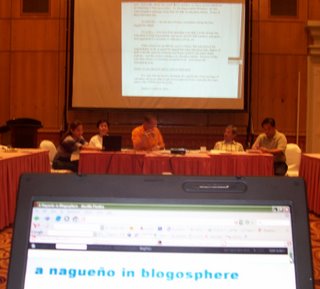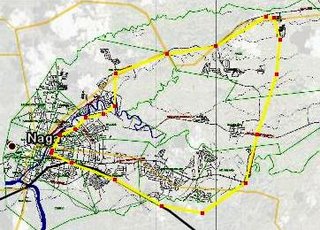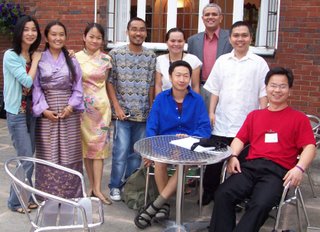Bridging the ideal and the real
ON SECOND thought, the question was not unfortunate at all as it brings the OFW issue to the fore: Should not a high level of population growth be desirable since it enables us to have excess labor that will fill the needs of developed economies and in the process sustain the county's growth through their remittances?
Dr. Alejandro Herrin of the UP School of Economics dismissed the idea from a fellow economist, positing it against the question: Should sending OFWs who mostly do menial jobs in the developing world be a proper national goal?
This reminded me of a definition of "human security" advanced by one of the participants in the UP policy dialogue I attended last Tuesday, who said he is a veteran of the First Quarter Storm in the early '70s: It is only attained when the Philippines no longer has to send nurses and caregivers who will wipe the asses of their aging patients in the West.
On the one hand, these points are OK until we come to grips again with the harsh reality in the Philippines today: exporting labor has become a national policy because we cannot give our people enough decent jobs in local shores. And their combined remittances are what actually keeps our economy afloat amidst the massive waves of debt piled up by the succession of regimes starting with Marcos.
But on the other, Dr. Herrin's and the FQS veteran's position represent an ideal that we should not let slip away. The question asked of him implies perpetuating the status quo interminably, which is simply unacceptable. At the very least, we owe it to these OFWs to build a better country, or at least a better city or community, that they will return to when the time comes to go back home.
Our challenge is to become a sort of Will Allen Dromgoole's Bridge Builders in our own little way: able to bridge the ideal and the real in our respective nook and cranny of the Philippines.







